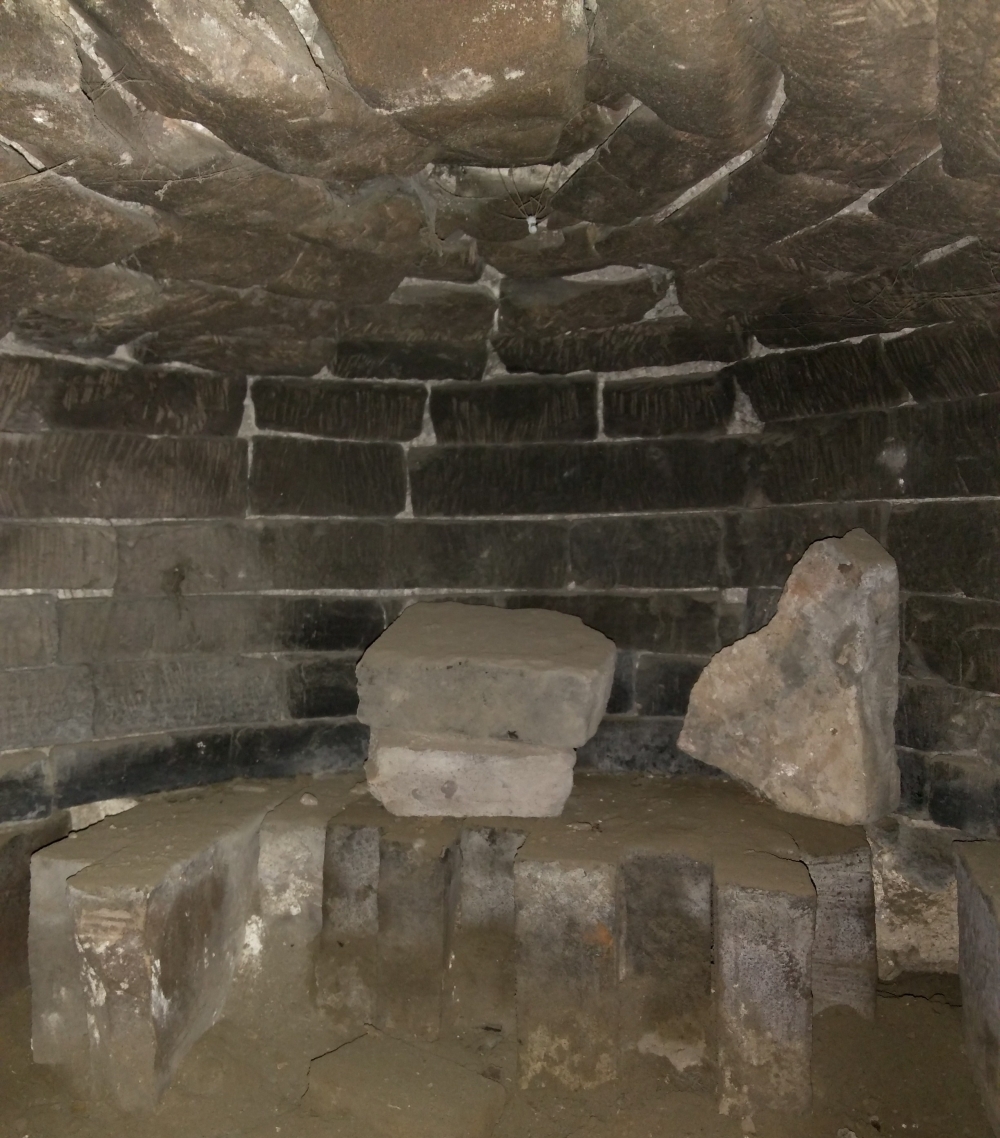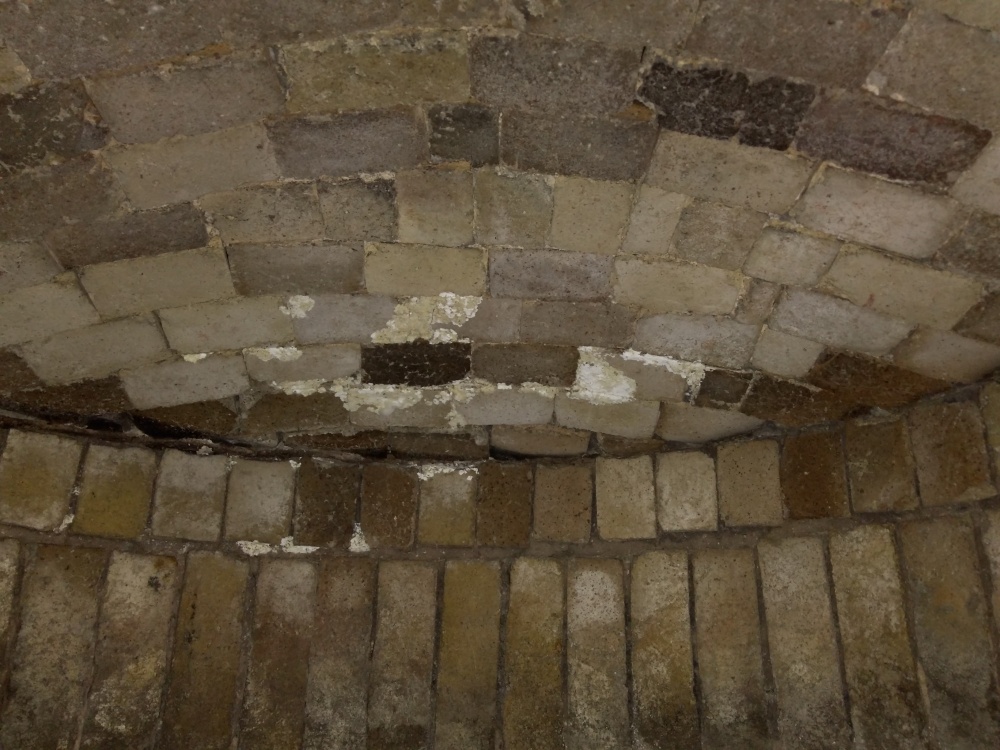I spent last week volunteering with the Landmark Trust at Llwyn Celyn, a Grade I listed medieval hall house at the bottom end of the easternmost valley in the Brecon Beacons National Park. My visit was halfway through a 2-year, £4million renovation programme. Work was well underway to convert this beautiful building and farm complex into a unique holiday rental and buildings for community use.
I got hands on learning about lime mortars, renders and plasters, and had a very quick go at dry stone walling. Back at the bunkhouse I also spent hours lost in Richard Bebb’s book ‘Welsh furniture, 1250-1950’ – definitely one for the Christmas list! But the main reason I’d been keen to go in the first place was hearing about the old bread ovens.
There are two at Llwyn Celyn: one in the ‘new’ hearth built around 1650 and another in the ‘back kitchen’ built around the same time or later. The central hearth was added at the same time as the first floor. Prior to that a fire would have been in the middle of the floor with smoke drifting up to the rafters and presumably bread was made on stones or in pots covered with embers.
Hearth bread oven
To the right of the main fireplace, the hearth bread oven is 600mm wide and 450mm front to back. The height of the dome is 300mm. Some stones had come away from the opening so it wasn’t possible to measure the door size.
The slate grey bricks are curved and the courses continue onto the ceiling. Although many sole bricks are missing, they run to a depth of around 200mm.


Back kitchen bread oven
The back kitchen bread oven is roughly twice the size of the hearth oven. It’s 1200mm wide and 1050mm deep, with a dome height of 500mm. The door opening is 380mm high, which means the opening:dome height ratio is 76% – quite a bit more than the optimal 65% quoted in The Bread Builders.
The first course is a row of soldier bricks, topped with bull headers, then the bull ceiling courses run across the width of the oven. The sole was hard to make out but appeared to be flagstones. The door is iron and a second, damaged door was discovered on site. Around and above the oven is a colossal amount of soil – approximately 24m³.





Grain
We spent most of our time working on an old drying kiln – raking out old mortar, filling gaps with pinning stones and pointing with new mortar. A second kiln for malting is next to the cider house but was out of bounds as it’s been converted into a bat roost. A fire would have been lit on the lower level to dry the threshed or moistened grain spread out on perforated tiles.
Two types of tile have been found on site; one with diamond cells and 16 holes, the other with rounded cells and 5 holes.
Llwyn Celyn also has a large threshing barn that runs down the slope. An early job for the Landmark Trust was to secure the precarious gable end!
Such substantial buildings suggest that grain was a very important element of Llwyn Celyn’s operation. As the tithe map shows, in 1850 arable accounted for about 7 times as much land as pasture. Now pasture dominates the area.








